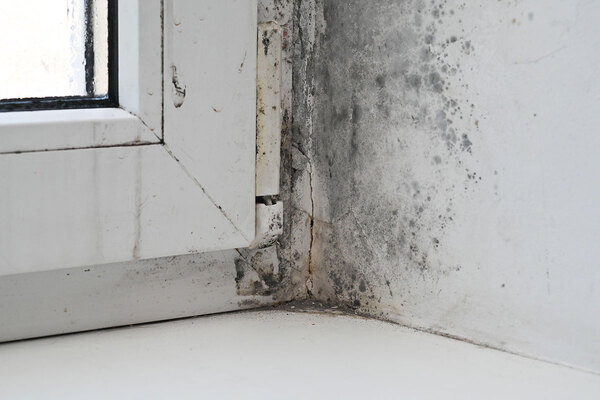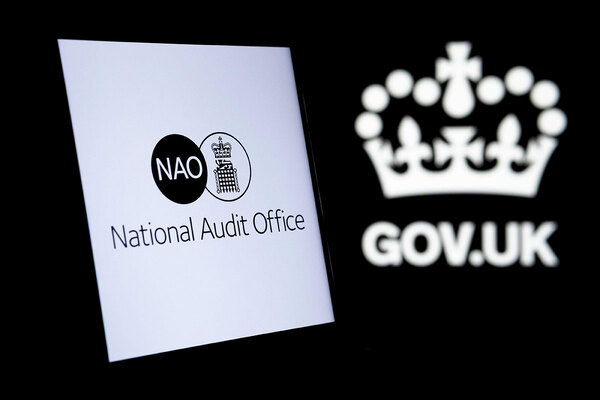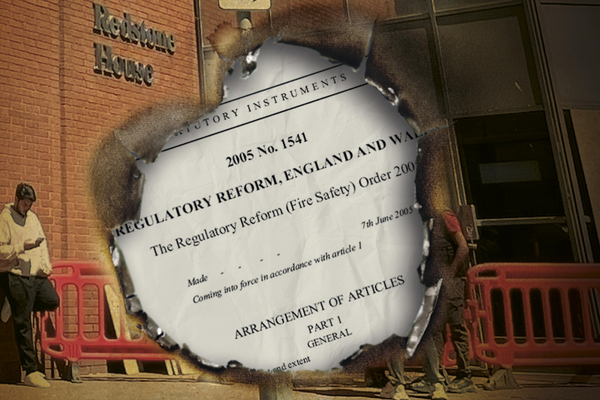You are viewing 1 of your 1 free articles
Awaab’s Law comes into force with £1m to fund tenant engagement
The first phase of Awaab’s Law begins today, alongside a £1m fund to improve tenant engagement and give residents more say in how their homes are managed.

The law forces social landlords to respond to emergency repairs within 24 hours.
They must also investigate significant damp and mould within 10 working days of being notified and then make properties safe within five working days. For both types of hazard, landlords must also write the findings to tenants within three working days of inspection.
In 2026, the regulations will expand to include the following hazards where they present a “significant” risk of harm: excess cold and excess heat; falls associated with baths etc, on level surfaces, on stairs and between levels; structural collapse and explosions; fire and electrical hazards; and domestic and personal hygiene and food safety.
As part of the reforms, landlords must also consider that some tenants’ circumstances could put them at greater risk, for example young children, disabled people, or people with health conditions.
Alternative accommodation must also be offered if homes cannot be made safe within the required timeframes.
Those who fail to comply with the rules face being taken to court, where they could be issued enforcement orders, and forced to pay compensation and legal costs, as well as loss of rent if homes were uninhabitable.
The government has launched a £1m fund to create new ways of helping tenants engage with their landlords and have more influence over decisions that affect them.
Up to £100,000 will be granted to successful bidders who propose strong ideas for improving communication between landlords and tenants, and help tenants have more of a say in how their homes are managed.
Housing secretary Steve Reed said: “Everyone deserves a safe and decent home to live in and Awaab Ishak is a powerful reminder of how this can sadly be a matter of life or death.
“Awaab’s family has fought hard for change and their work to protect millions of tenants’ lives will live on as a legacy to their son.
“Our changes will give tenants a stronger voice and force landlords to act urgently when lives are at risk, ensuring such tragedies are never repeated.”
On 21 December 2020, two-year-old Awaab Ishak died from a respiratory condition caused by prolonged exposure to mould in a housing association flat.
During the inquest into his death, it emerged that his family had repeatedly asked for help from landlord Rochdale Boroughwide Housing, but was ignored or blamed for the disrepair. The coroner later concluded that the conditions in the home were caused by an inadequate ventilation system.
In 2027, the government will extend regulations to all remaining Housing Health and Safety Rating System hazards, excluding overcrowding.
Social housing tenants will be able to challenge landlords that do not abide by the regulations through the Housing Ombudsman and by bringing a housing disrepair claim.
Tom Hunt, chair of the Local Government Association’s (LGA) Inclusive Growth Committee, said: “It’s positive that the introduction of Awaab’s Law will be phased in and that the initial focus will be on damp and mould, as the LGA has called for.
“However, councils need sufficient funding to mitigate the existing pressures on housing stock so that they can put these new measures in place swiftly.
“Clarity on the future regulatory environment and related expenditure requirements for stock-holding councils will also be essential to support long-term investment planning for both existing and new homes.”
Gavin Smart, chief executive of the Chartered Institute of Housing, said: “We welcome Awaab’s Law as a significant step in ensuring that all social housing tenants live in safe and decent homes.
“It is the culmination of committed efforts by Awaab Ishak’s family and provides an important new framework for addressing serious health and safety concerns, beginning with damp and mould.
“Social landlords have been preparing for this change and have new processes in place to respond to these new requirements. We also welcome the new funding to enhance tenant engagement, a vital investment to help build cultures of trust, accountability and safety in social housing.”
The government has previously explained that it will “clarify and adapt” its approach to Awaab’s Law “if we need to”.
Kate Henderson, chief executive of the National Housing Federation, said: “Since 2020 housing associations have increased spending on repairs and maintenance by 55%, with plans to spend a further £50bn over the next five years. This is why 90% of our homes meet the Decent Homes Standard, more than all other tenures.
“But as landlords rooted in social purpose, we want all of our residents to enjoy the highest standards of comfort, safety and quality. This is why, following the tragic death of Awaab Ishak, we have supported this law from the beginning and have worked closely with the government to ensure its introduction will provide the most positive outcomes for residents.
“These reforms, alongside the government’s 10-year funding settlement and commitment to a decade of renewal for social and affordable housing, put housing associations on the sure footing needed to both continue investing in existing homes while having the confidence to build new ones. This will ease overcrowding pressures, which are a major contributor to damp and mould, and get to the root of addressing the housing crisis once and for all.”
Sign up for our regulation and legal newsletter
Already have an account? Click here to manage your newsletters
Latest stories











